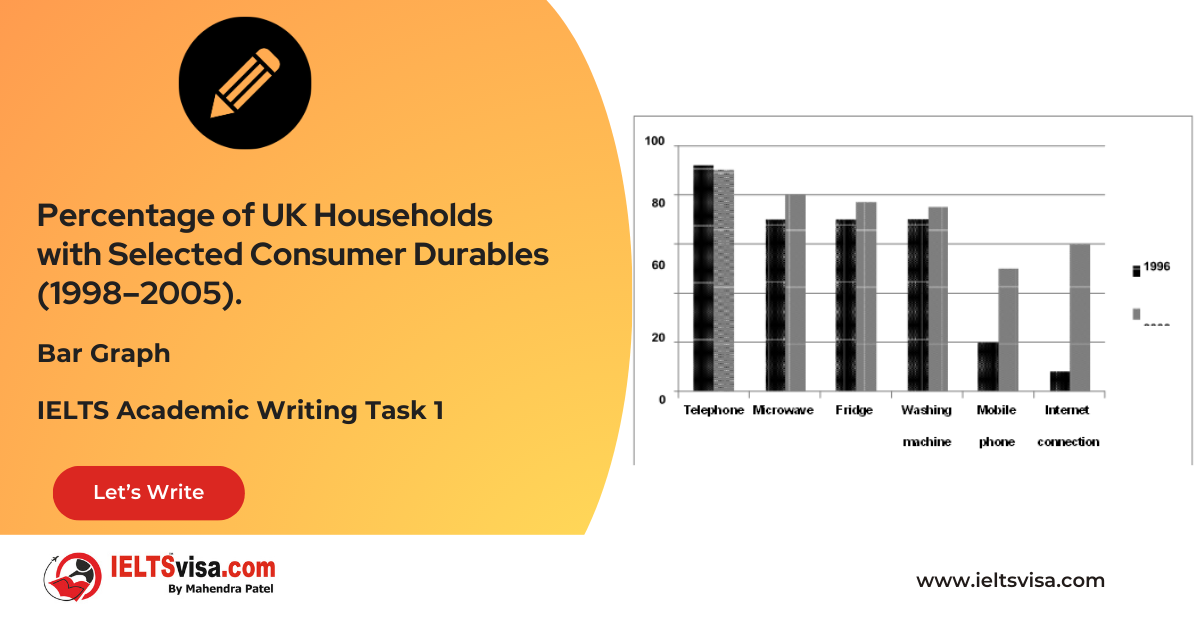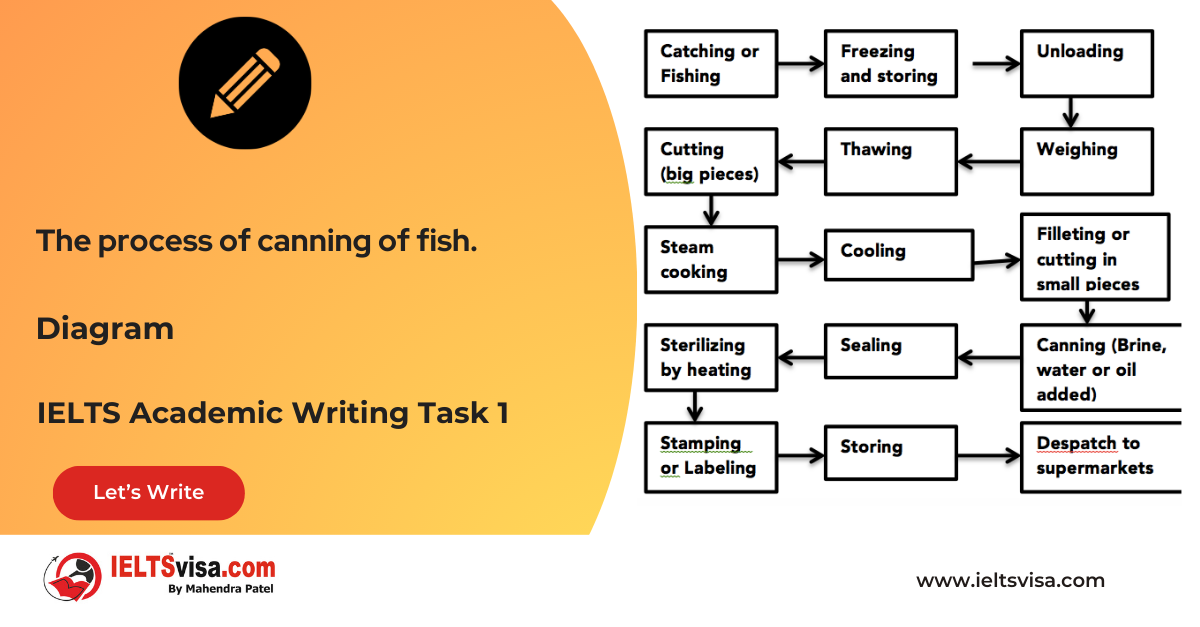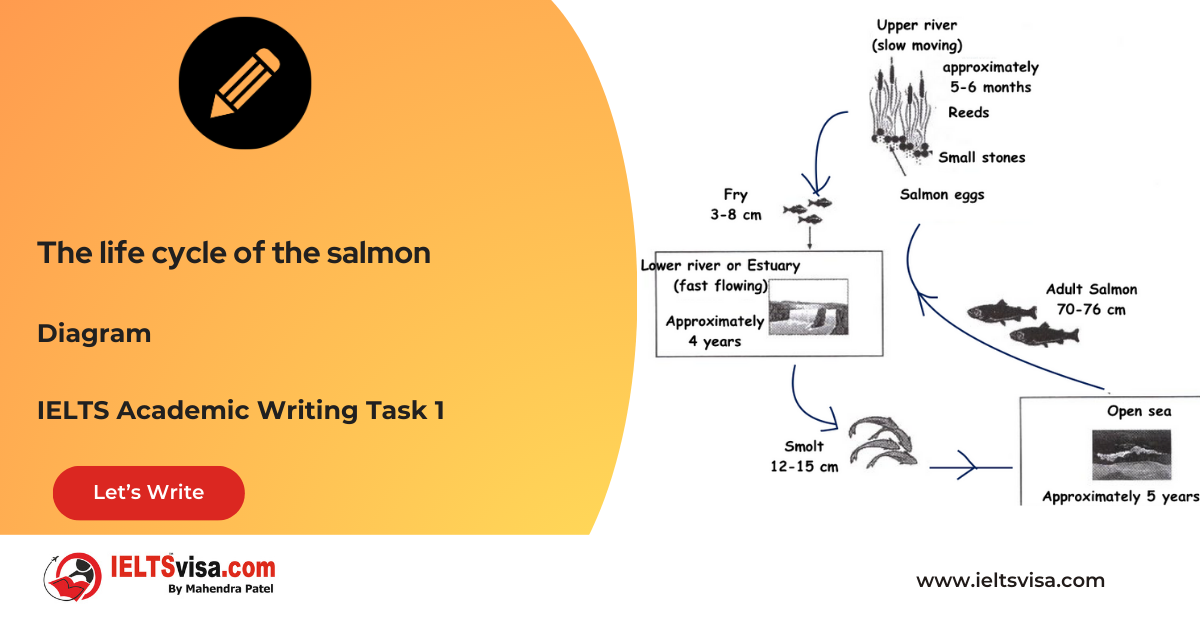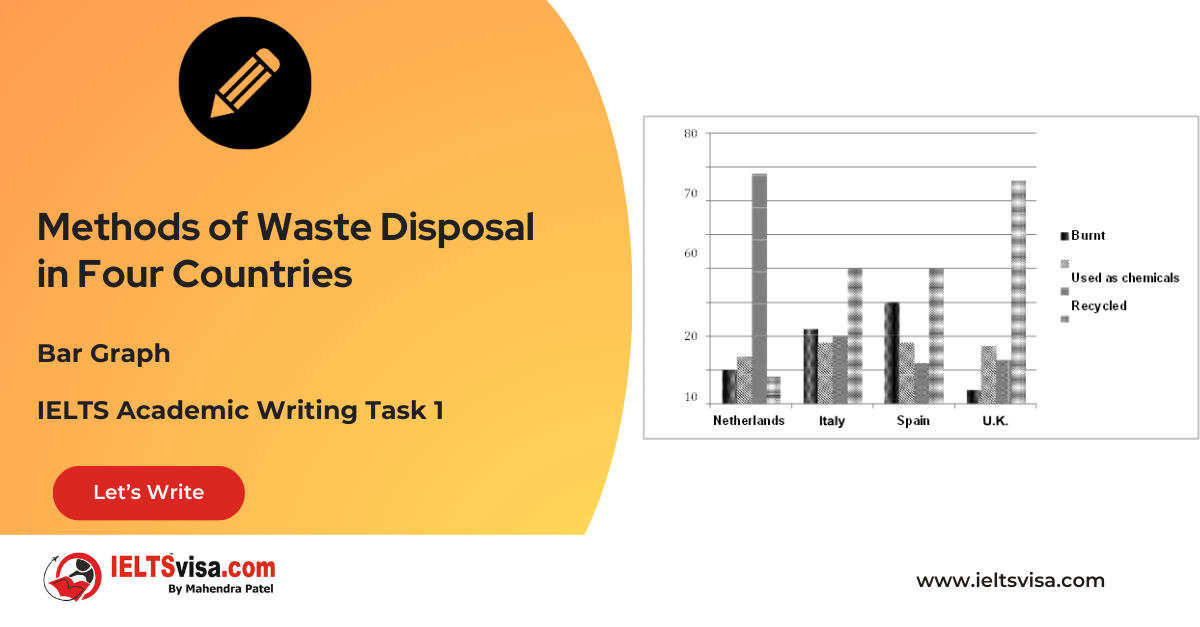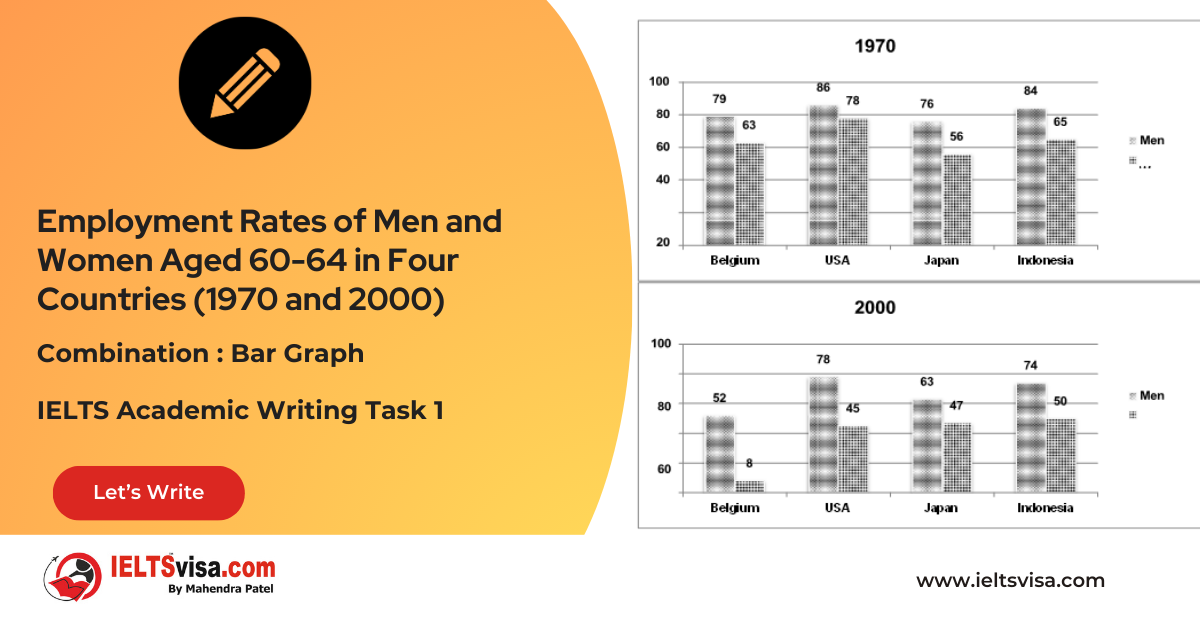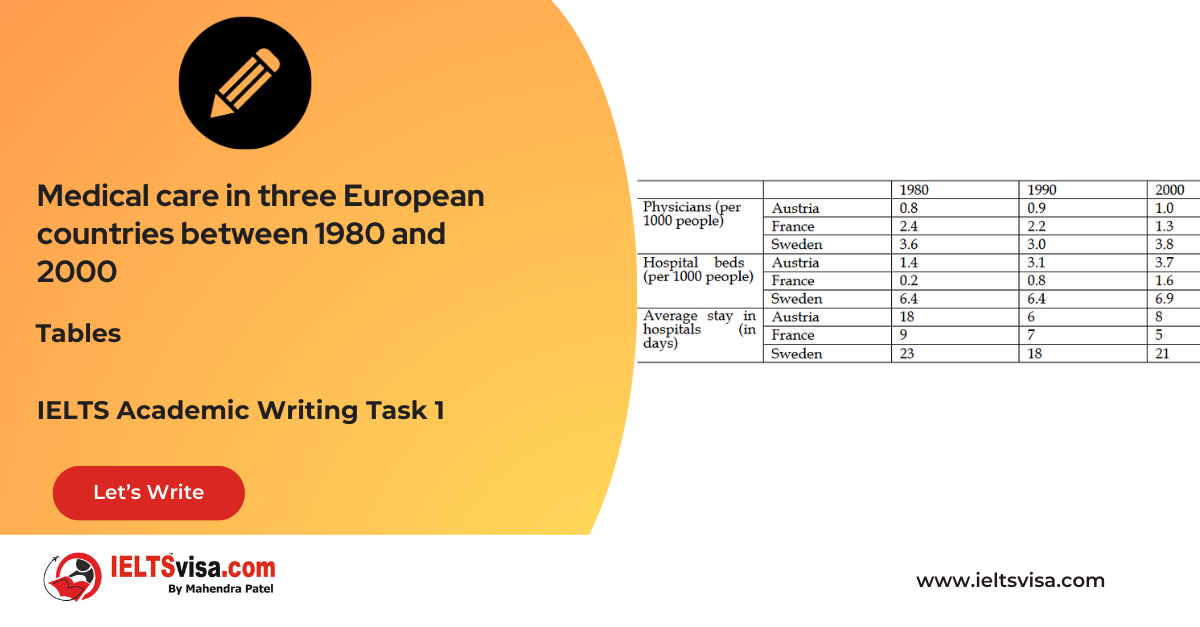The information about the life expectancy in Japan, United States, Korea and Indonesia and the table shows us the change in the life expectancy between 1953 and 2008
IELTS Academic Writing Task 1 - Table
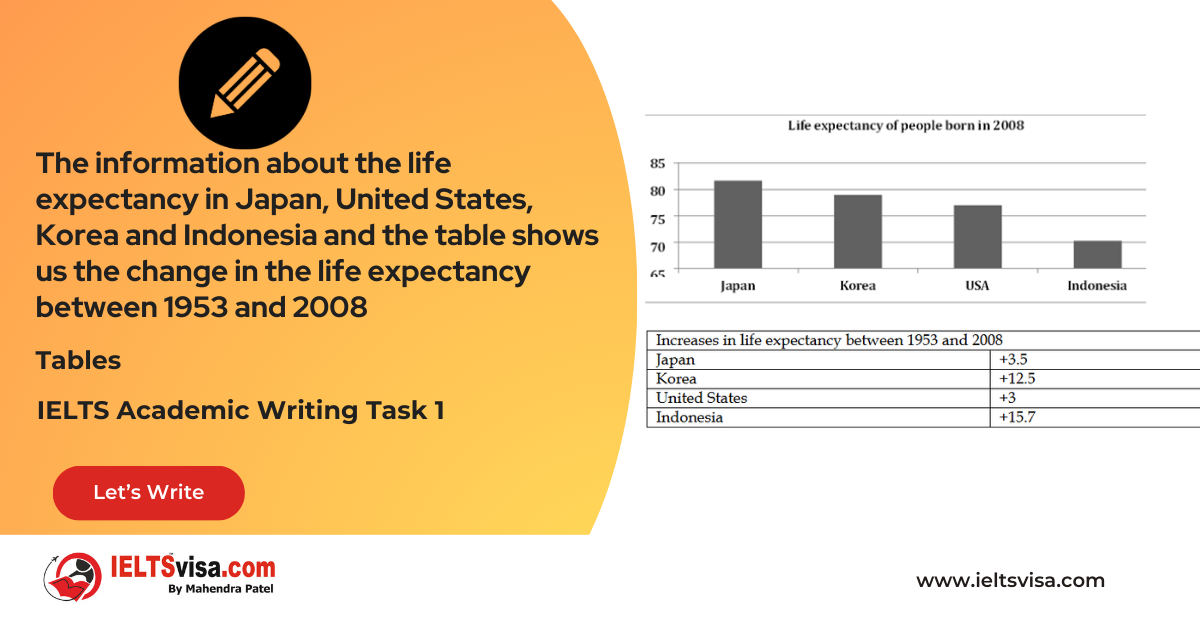
IELTS Writing Task 1 Question
The table below shows information about age, average income per person and population below poverty line in three states in USA. Summarise the information by selecting and reporting the main features and make comparisons where relevant.
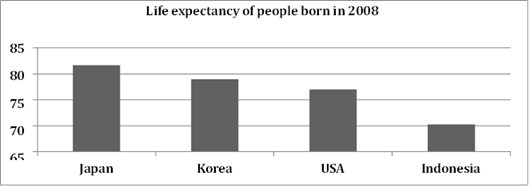

Common Questions for the Life Expectancy Data
1. Graph Types: Bar chart and table
2. Title: Life Expectancy in Japan, United States, Korea, and Indonesia (2008) and Change in Life Expectancy (1953-2008)
3. What are the units of measurement?: Years
4. Who: Public health officials, researchers, and policymakers interested in demographic trends
5. When: Data from 1953 to 2008
6. Where: Japan, United States, Korea, and Indonesia
7. Topic: Life expectancy trends and changes over time in four countries
Key Features of the Life Expectancy Data
1. Life Expectancy in 2008:
- Japan: Highest life expectancy at 81.7 years.
- United States: Life expectancy of 79 years, significantly higher than Korea and Indonesia.
- Korea: Life expectancy of 77 years, lower than the US but higher than Indonesia.
- Indonesia: Lowest life expectancy at 70.3 years, indicating a gap compared to the
2. Change in Life Expectancy (1953-2008):
- Indonesia: Experienced the largest increase in life expectancy of 15.7 years, highlighting significant improvements in health conditions.
- Korea: Noted a rise of 12.5 years, indicating steady progress in life expectancy.
- United States: Saw a modest increase of 3 years, showing slower growth compared to Korea and Indonesia.
- Japan: Experienced an increase of 3.5 years, maintaining a high life expectancy overall.
Overall Summary
The bar chart and table provide insights into life expectancy trends in Japan, the United States, Korea, and Indonesia.
In 2008, Japan had the highest life expectancy at 81.7 years, significantly surpassing Indonesia, which had the lowest at 70.3 years. The United States and Korea had intermediate life expectancies, with the US at 79 years and Korea at 77 years.
Examining the changes from 1953 to 2008, Indonesia saw the most considerable increase in life expectancy, rising by 15.7 years, indicating substantial improvements in healthcare and living conditions. Korea also made notable gains, with an increase of 12.5 years. In contrast, the United States and Japan experienced smaller rises of 3 and 3.5 years, respectively, suggesting that their life expectancies were already relatively high in 1953, limiting the potential for further growth.
In conclusion, Japan consistently held the highest life expectancy in both 1953 and 2008, while Indonesia maintained the lowest, despite experiencing the most significant growth in life expectancy over the observed period.
Sample Answer
The bar chart and table illustrate life expectancy data for Japan, the United States, Korea, and Indonesia.
Overall, Japan maintained the highest life expectancy in both years, while Indonesia, despite having the lowest life expectancy, showed the greatest growth over the observed period.
In 2008, Japan recorded the highest life expectancy at 81.7 years, while Indonesia had the lowest at only 70.3 years. The United States and Korea had intermediate life expectancies of 79 years and 77 years, respectively.
The table further highlights the changes in life expectancy from 1953 to 2008. Indonesia experienced the largest increase, with life expectancy rising by 15.7 years, indicating significant health and living conditions improvements. Korea also saw a substantial increase of 12.5 years. In contrast, the United States and Japan had modest increases of 3 and 3.5 years, respectively, reflecting that their life expectancies were already high in 1953.
Top 25 Vocabularies
| Vocabulary (type) | Meaning | Synonyms | Examples |
| Surge (noun) | A sudden and powerful increase | Increase, rise | “Indonesia had the maximum surge in life expectancy.” |
| Escalation (noun) | An increase or rise in intensity or amount | Growth, increase | “The escalation in life expectancy is notable in Indonesia.” |
| Consistently (adv) | In a way that does not change | Steadily, uniformly | “Japan consistently had the highest life expectancy.” |
| Modest (adj) | Relatively moderate or limited | Moderate, small | “The US saw a modest increase in life expectancy.” |
| Maintain (verb) | To keep at a certain level or condition | Preserve, sustain | “Japan maintained the highest life expectancy over the years.” |
|
Life Expectancy (noun) |
The average period a person is expected to live |
Longevity, lifespan |
“Japan had the highest life expectancy in both years.” |
|
Growth (noun) |
An increase in size, number, or value |
Rise, development |
“Indonesia showed the greatest growth in life expectancy.” |
|
Substantial (adjective) |
Large in amount or importance |
Significant, considerable |
“Korea saw a substantial increase in life expectancy.” |
|
Indicator (noun) |
A sign or measure of something |
Sign, measure |
“Life expectancy is an important indicator of public health.” |
|
Improvement (noun) |
A positive change or enhancement |
Advancement, progress |
“Indonesia’s increase reflects significant improvements in living conditions.” |
|
Intermediate (adjective) |
Between two extremes |
Middle, average |
“The United States and Korea had intermediate life expectancies.” |
|
Highlight (verb) |
To emphasize or make something stand out |
Emphasize, underline |
“The table highlights the changes in life expectancy over the years.” |
|
Reflect (verb) |
To show or represent something clearly |
Indicate, demonstrate |
“The modest increase reflects already high life expectancies in Japan and the US.” |
|
Observation (noun) |
The act of noticing or analyzing something |
Examination, analysis |
“The data was collected over an observed period.” |
|
Significant (adjective) |
Having a notable impact or importance |
Important, noteworthy |
“Indonesia experienced a significant rise in life expectancy.” |
|
Decline (noun) |
A decrease in value, amount, or quality |
Drop, reduction |
“There was no significant decline in life expectancy for any country.” |
|
Rise (noun) |
An upward movement or increase |
Growth, increase |
“The rise in life expectancy is especially prominent in Indonesia.” |
|
Peak (verb) |
To reach the highest point |
Top, climax |
“Japan’s life expectancy peaked at 81.7 years in 2008.” |
|
Stability (noun) |
The state of being steady and not changing |
Steadiness, consistency |
“Life expectancy in Japan showed stability over the years.” |
|
Notable (adjective) |
Worthy of attention or remark |
Remarkable, noteworthy |
“The changes in Indonesia’s life expectancy were particularly notable.” |
|
Comparative (adjective) |
Relating to comparison |
Relative, similar |
“The table provides a comparative view of life expectancy growth.” |
|
Modest (adjective) |
Limited in size or degree |
Moderate, slight |
“The US recorded a modest increase of only 3 years.” |
|
Enhance (verb) |
To improve or make better |
Boost, augment |
“Better healthcare systems enhance life expectancy.” |
|
Evident (adjective) |
Clearly seen or understood |
Obvious, apparent |
“The growth in life expectancy is evident in the data.” |
|
Demonstrate (verb) |
To show or prove something clearly |
Exhibit, indicate |
“The data demonstrates improvements in health in Indonesia.” |

Our Books
Master IELTS Speaking Part 1
IELTS Writing Task 1 Book
IELTS Writing Task 2 Book
Writing Task 1 Question Types
Practice IELTS Other Modules
IELTS Listening
The IELTS Listening test assesses how well you can understand spoken English in various contexts. It lasts about 30 minutes and is divided into four sections with a total of 40 questions. The listening tasks become increasingly difficult as the test progresses.
IELTS Academic Reading
The IELTS Academic Reading section assesses your ability to understand and interpret a variety of texts in academic settings. It is designed to evaluate a range of reading skills, including skimming for gist, reading for main ideas, reading for detail, understanding inferences, and recognizing a writer's opinions and arguments.
IELTS Speaking
The IELTS Speaking test assesses your ability to communicate in English on everyday topics. It lasts 11-14 minutes and consists of three parts: introduction, cue card, and a discussion based on the cue card topic.
IELTS General Reading
IELTS General Reading tests your ability to understand and interpret various types of texts. Here are some key areas and types of content you can expect to encounter in the reading section, along with tips for effective preparation.
IELTS Academic Writing Task 1
In IELTS Academic Writing Task 1, you are presented with a visual representation of information, such as graphs, charts, tables, or diagrams, and you are required to summarize, compare, or explain the data in your own words.
IELTS General Writing Task 1
In IELTS General Writing Task 1, you are required to write a letter based on a given situation. The letter can be formal, semi-formal, or informal, depending on the prompt. Here’s a breakdown of the key components to include in your letter
IELTS Academic Writing Task 2
In IELTS Academic Writing Task 2, you are required to write an essay in response to a question or topic. Here’s a guide to help you understand the essential elements of this task
IELTS Exam Tips
To succeed in the IELTS exam, practice regularly, familiarize yourself with the test format, improve your vocabulary, develop time management skills, and take mock tests to build confidence.
Grammer for IELTS
Grammar is the foundation of effective communication in English. Understanding tense usage, subject-verb agreement, and sentence structure enhances clarity and coherence in writing and speaking.
Vocabulary for IELTS
Vocabulary plays a crucial role in the IELTS (International English Language Testing System) exam, especially in the Speaking and Writing sections. Here’s an overview of why vocabulary is important and how it impacts your performance
RECENT IELTS SAMPLES QUESTIONS AND ANSWERS
Task 1 – Bar Graph – Percentage of UK Households with Selected Consumer Durables (1998–2005).
[df_adh_heading title_infix="IELTS Writing Task 1 Question" use_divider="on"...
Task 1 – Diagram – The process of canning of fish.
20:00 Start Pause Stop [df_adh_heading title_infix="IELTS Writing Task 1 Question" use_divider="on"...
Task 1 – Diagram – The life cycle of the salmon
20:00 Start Pause Stop [df_adh_heading title_infix="IELTS Writing Task 1 Question" use_divider="on"...
Task 1 – Bar Graph – Methods of Waste Disposal in Four Countries
[df_adh_heading title_infix="IELTS Writing Task 1 Question" use_divider="on"...
Task 1 – Combination : Bar Graph – Employment Rates of Men and Women Aged 60-64 in Four Countries (1970 and 2000)
[df_adh_heading title_infix="IELTS Writing Task 1 Question" use_divider="on"...
Task 1 – Table – The information about medical care in three European countries between 1980 and 2000
20:00 Start Pause Stop [df_adh_heading title_infix="IELTS Writing Task 1 Question" use_divider="on"...

